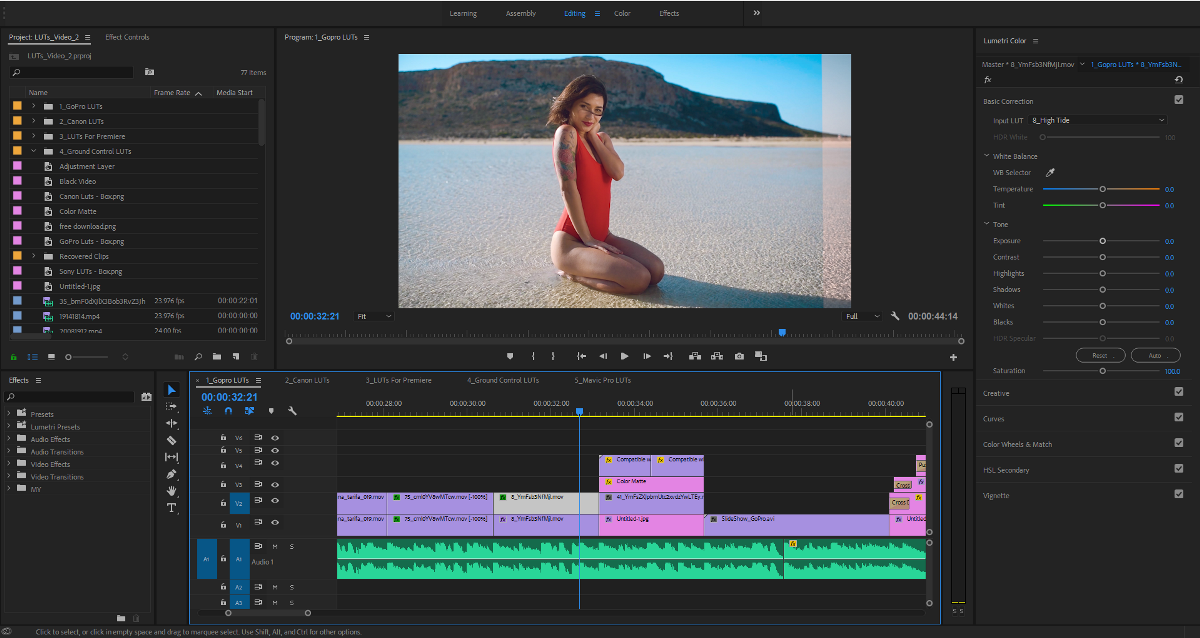
We didn’t test the Lenovo ThinkPad P1 Gen 3, which is essentially identical to the X1 Extreme Gen 3. The X1 Extreme Gen 3 also doesn’t last as long away from an outlet as the XPS 15 does.

But in day-to-day use, we much preferred the XPS 15’s taller screen for actually getting work done. Its 4K screen is great, and Lenovo offers a more-expensive OLED option with deeper blacks and better contrast.

And it includes USB Type-A and HDMI ports along with its Thunderbolt 3/USB-C ports and card reader, so you won’t have to use dongles to plug in your stuff. The Lenovo ThinkPad X1 Extreme Gen 3 uses the same excellent keyboard and trackpad as Lenovo’s other ThinkPads, it performs about as well as the XPS 15 9500, and it’s three-quarters of a pound lighter. The laptop does include a card reader, and it comes with a USB Type-A/HDMI dongle, but we would have liked to see some USB Type-A and HDMI ports built in. The downsides are that it’s heavier than some of its competitors-the 4K version weighs 4.5 pounds, a bit more than anything else we tested this time around-and that it’s limited to only Thunderbolt 3 and USB Type-C ports. Its keyboard and trackpad feel nice to use, and its battery lasted longer than others we tested with similar specs.
#MAC FOR VIDEO EDITING PROFESSIONAL#
Six- and eight-core Intel processors provide a good amount of speed for encoding video and other CPU-intensive tasks, while the Nvidia GeForce GTX 1650 Ti graphics hardware offers enough power for running professional 3D apps, enjoying some light gaming, and connecting to multiple high-resolution external monitors.

It’s taller than most of the other screens in the laptops we tested, with a 3840×2400 resolution and a 16:10 ratio that gives your apps more room to spread out. The Dell XPS 15 9500’s screen is its best feature.


 0 kommentar(er)
0 kommentar(er)
